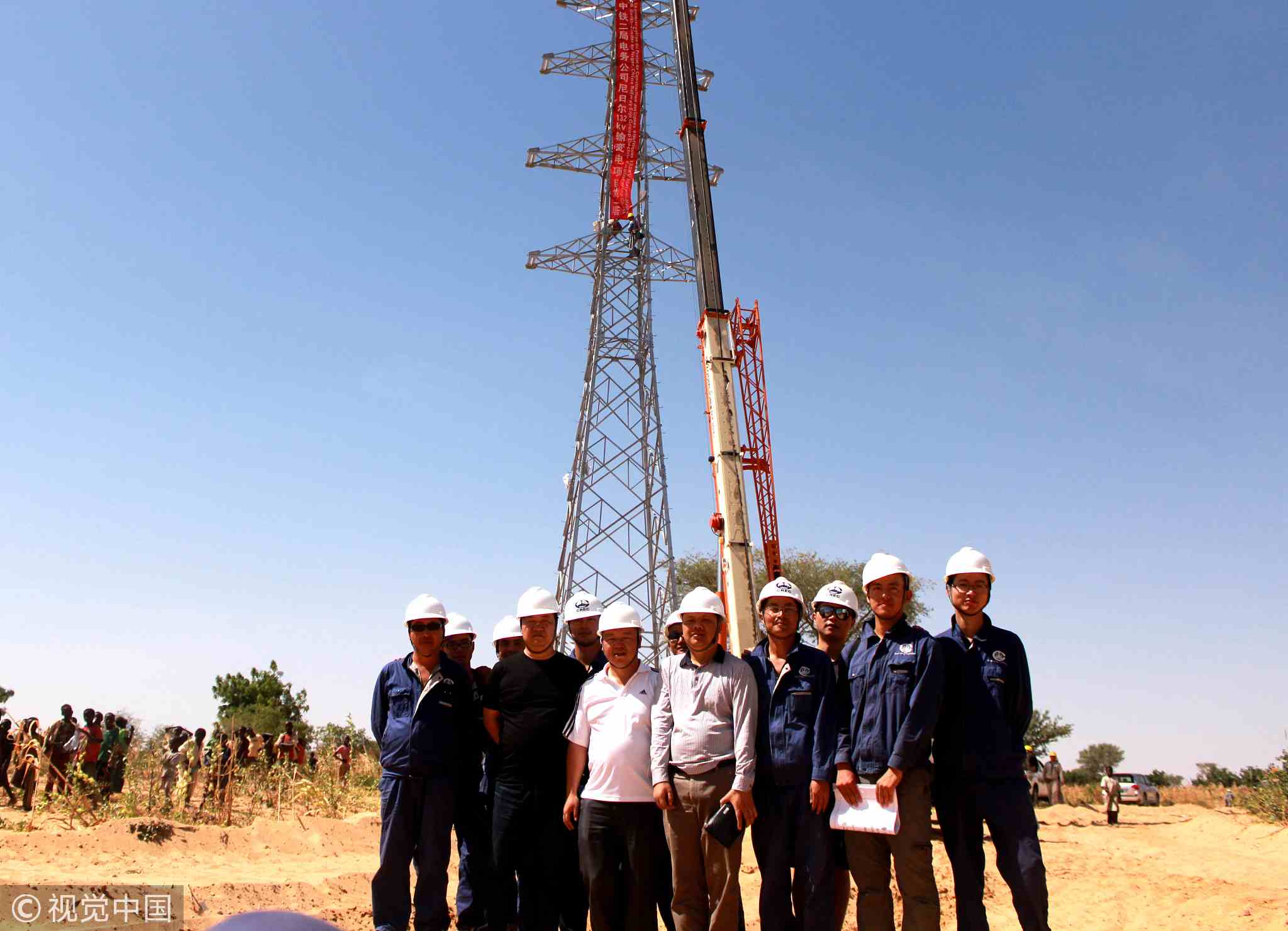
Opinions
11:01, 02-Aug-2018
Belt and Road: Western multinational corporations are 'deeply embedded' in BRI
Updated
10:56, 05-Aug-2018
Feng Da Hsuan and Liang Haiming

Editor’s note: It has been five years since China first introduced the Belt and Road Initiative (BRI) to the world. However, misunderstandings remain. Feng Da Hsuan, chief adviser at the China Silk Road iValley Research Institute and former vice president of the research and economic development at the University of Texas at Dallas; and Liang Haiming, chairman and chief economist at the China Silk Road iValley Research Institute, illustrate the issues at play to better understand the BRI in their three-part series. Below is the final part. The article reflects the authors’ opinion, and not necessarily the views of CGTN.
In the second part, we discussed that China had initiated an effort known as "Third-Party Market Collaboration."
For Western multinational corporations gaining the market experience beyond of China will undoubtedly add value to their competitive edge.
Furthermore, even though Chinese funded corporations are the main contractors for many port facilities and other infrastructures such as bridges, ultimately, many of the sub-projects will inevitably be bestowed to companies with decades of experience in cross-border technology integration.
An example of this is Germany's Siemens Corporation.

The “Belt and Road” International Cooperation Summit was opened in Beijing on the morning of May 14, 2017. /VCG Photo.
The “Belt and Road” International Cooperation Summit was opened in Beijing on the morning of May 14, 2017. /VCG Photo.
According to public information, since 2017, Siemens has collaborated with over 100 Chinese state-owned enterprises, such as Energy China, Power China, and China National Petroleum Corporation. The German conglomerate has invested massively in projects in the electrical power industry, oil, gas and chemical industries and mining industries.
Between October 1, 2016 and September 30, 2017, Siemens' total Chinese revenue was 7.2 billion euros. This is a 12-percent increase from the financial year of 2014. The growth rate is a whopping 15 times that of the 2011-2014 fiscal year.
What is particularly interesting is that while the United States has officially shown no interest in the BRI, its multinational corporations' participation is quite palpable.
For example, the US high-speed train shock absorber manufacturer ITT Inc. has signed a supply agreement with China's CRRC, the world's largest rail vehicle manufacturer, to participate in railway related projects under the BRI framework.
It should be noted that the Asia Pacific income of ITT Inc. has now reached 12 percent of its global income.

Chinese line workers pose next to an electricity tower in Niger on November 14, 2015. /VCG Photo.
Chinese line workers pose next to an electricity tower in Niger on November 14, 2015. /VCG Photo.
The above-mentioned examples, which are only the tip of the iceberg, show that many Western multinational corporations are already deeply involved in the BRI. Many Chinese-led projects in nations along the BRI route, theses companies have significant presence and participation.
However, in our research, we find that such information is rarely discussed, especially about Western multinational corporations making profits. Why this is so is beyond our understanding.
Although many Chinese scholars have bestowed the BRI as a panacea, in our opinion, it is, in reality, another transformation of international capital and industries.
In the 60s and 70s of the last century, Europeans and Americans transferred their industries to Japan and South Korea. Likewise, in the 70s and 80s, Japan and South Korea transferred the industries to Hong Kong, Taiwan, and the Chinese mainland.
As the growth of the Chinese industries reached a certain level, it can and will become a global "growth pole" or economic center.
However, because of the diminishing marginal return of many of its production factors, it will cause a rise in the overall cost.
With regards to the misunderstandings of the BRI from numerous international public opinions, we think that in communicating and promoting the BRI, it is best to lighten the thesis that it is a "China-centric effort."
Indeed, only by creating good to outstanding opportunities via economic collaborations, investments as well as commercial interactions, and leveraging the overseas communication prowess to interpret China from various angles can the credibility and authority of China be enhanced.
Such efforts can reduce the concerns of nations along the BRI route, and lead the public in those nations to have a deeper understanding of the BRI.
Of course, as the old saying goes, it is impossible to wake up a person who is only pretending to be asleep. In such cases, one simply should accept it and be mentally prepared to face the reality.

SITEMAP
Copyright © 2018 CGTN. Beijing ICP prepared NO.16065310-3
Copyright © 2018 CGTN. Beijing ICP prepared NO.16065310-3